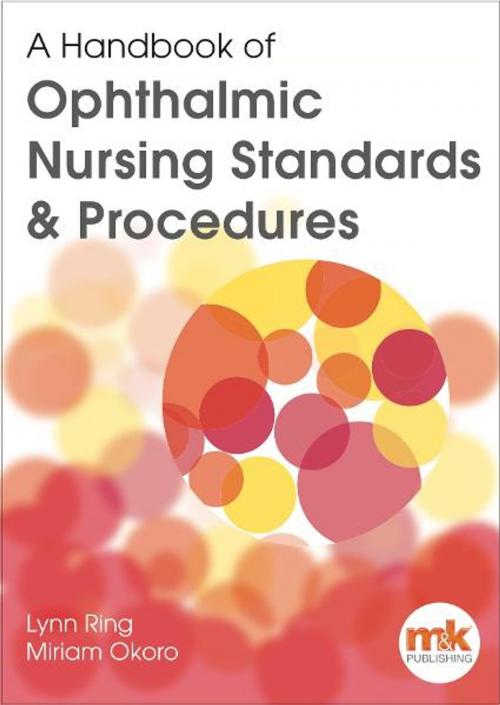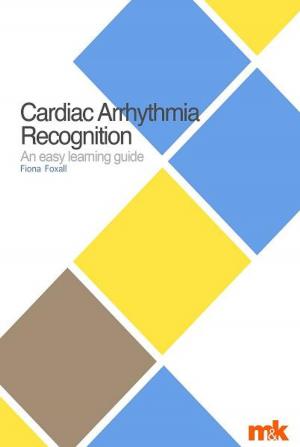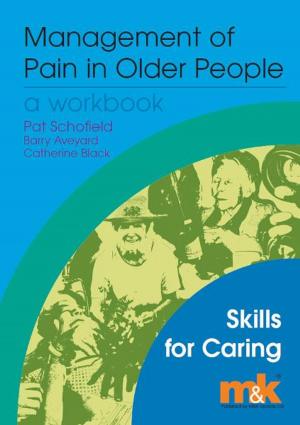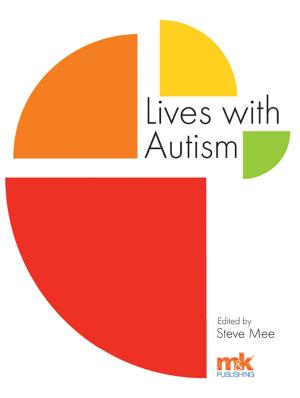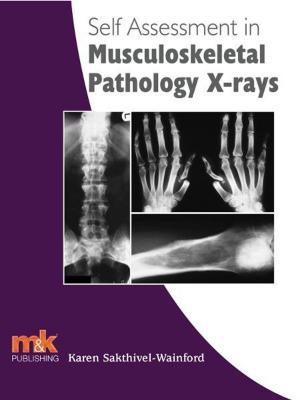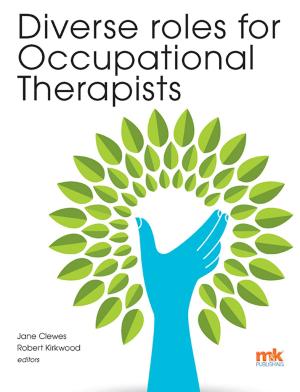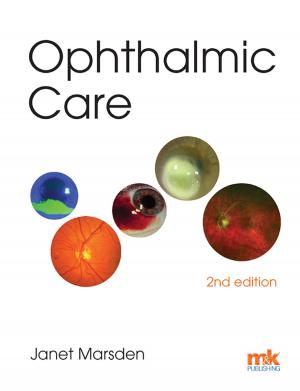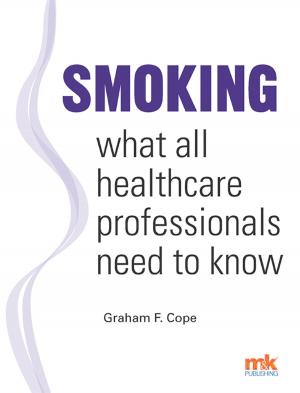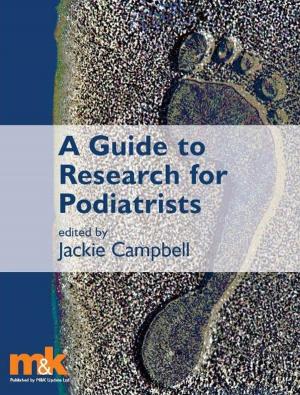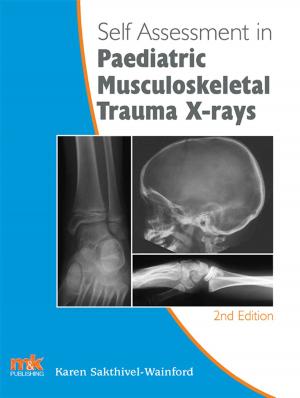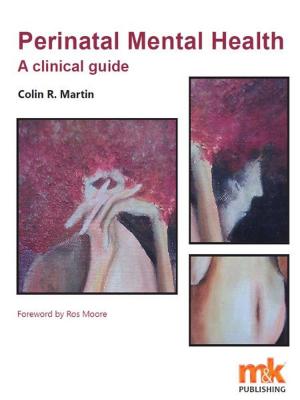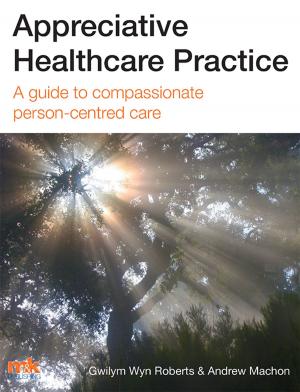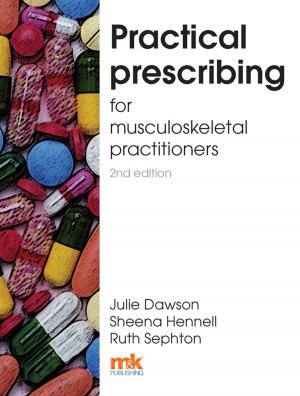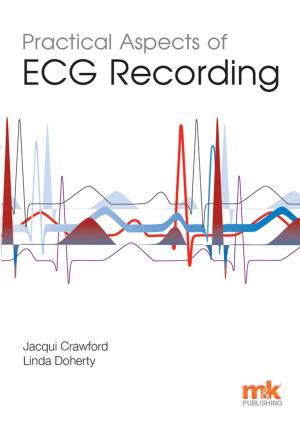A Handbook of Ophthalmic Standards & Procedures
Nonfiction, Health & Well Being, Medical, Fiction & Literature| Author: | Lynn Ring, Miriam Okoro | ISBN: | 9781907830792 |
| Publisher: | M&K Update Ltd | Publication: | March 12, 2012 |
| Imprint: | M&K Publishing | Language: | English |
| Author: | Lynn Ring, Miriam Okoro |
| ISBN: | 9781907830792 |
| Publisher: | M&K Update Ltd |
| Publication: | March 12, 2012 |
| Imprint: | M&K Publishing |
| Language: | English |
This A4 format handbook has been developed to assist the nurse working in an ophthalmic environment and provide the patient with safe and consistent ophthalmic nursing care. The authors discovered within their own unit that healthcare professionals, both registered and non-registered joining the workforce were often shown slightly different ways of doing things by the more experienced members of the team which led to confusion for the new starter. They felt it was a bit like driving, bad habits can slip into everyday practice and although not unsafe, it was at times contradictory. So they went back to basics and developed standards of care, which act as the benchmark for the ophthalmic practitioner.All the guidance has been written using the term healthcare professional (HCP) which specifically relates to all staff working with ophthalmic patients regardless of registration. Non-registered practitioners are specifically highlighted in relation to prescription only medicines (POM) when the reader is reminded to comply with local policy, which may need a countersignature from a registered nurse or other such additional step even following satisfactory competence assessment. It is hoped that using clinical guidance like this helps the HCP to provide effective, efficient ophthalmic care.
This A4 format handbook has been developed to assist the nurse working in an ophthalmic environment and provide the patient with safe and consistent ophthalmic nursing care. The authors discovered within their own unit that healthcare professionals, both registered and non-registered joining the workforce were often shown slightly different ways of doing things by the more experienced members of the team which led to confusion for the new starter. They felt it was a bit like driving, bad habits can slip into everyday practice and although not unsafe, it was at times contradictory. So they went back to basics and developed standards of care, which act as the benchmark for the ophthalmic practitioner.All the guidance has been written using the term healthcare professional (HCP) which specifically relates to all staff working with ophthalmic patients regardless of registration. Non-registered practitioners are specifically highlighted in relation to prescription only medicines (POM) when the reader is reminded to comply with local policy, which may need a countersignature from a registered nurse or other such additional step even following satisfactory competence assessment. It is hoped that using clinical guidance like this helps the HCP to provide effective, efficient ophthalmic care.
